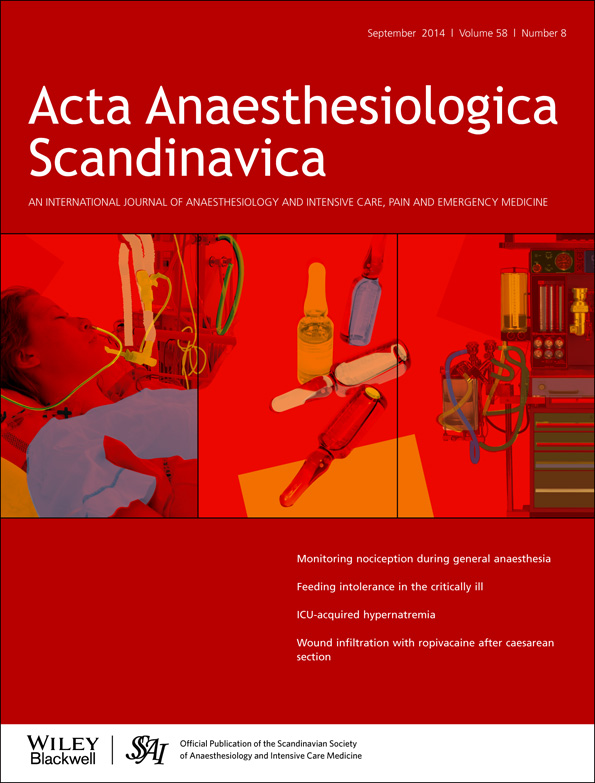The influence of glucose load on metabolism during minor surgery using remifentanil-induced anesthesia
Abstract
Background
During perioperative fasting, lipid metabolism gradually increases, resulting in free fatty acids (FFA) and/or ketone bodies. Suppression of surgical stress by remifentanil may allow the safe administration of glucose infusions, avoiding both hyperglycemia and ketogenesis. The effects of glucose infusion on glucose and lipid metabolism were therefore investigated in patients undergoing minor surgery with remifentanil anesthesia.
Methods
Thirty-four patients were randomized 1 : 1 to receive no glucose (0G group) or low-dose glucose (0.1 g/kg/h for 1 h followed by 0.05 g/kg/h for 1 h; LG group). The concentrations of glucose, adrenocorticotropic hormone (ACTH), 3-methylhistidine (3-MH), insulin, cortisol, FFA, creatinine (Cr), and ketone bodies were measured before anesthetic induction, 1 and 2 h after glucose infusion, at the end of surgery, and the next morning.
Results
The concentrations of cortisol and ACTH decreased during surgery in both groups when compared with the concentrations before anesthesia and at the end of surgery (P < 0.05). Glucose and insulin concentrations were significantly higher in the LG than in the 0G group at 1 and 2 h after infusion. No patient experienced hyperglycemia. The concentrations of FFA and ketone bodies were lower in the LG than in the 0G group during surgery, but there were no significant between group differences in 3-MH/Cr.
Conclusion
Infusion of low-dose glucose attenuated fat catabolism without causing hyperglycemia, indicating that infusion of low-dose glucose during remifentanil-induced anesthesia may be safe for patients.




